Cost-Effectiveness
Cost-effectiveness is a crucial factor driving the Metal Facade Cladding Market. Metal cladding offers a favorable balance between initial investment and long-term savings, particularly in terms of maintenance and energy efficiency. Compared to traditional materials, metal facades often require less upkeep and can lead to lower operational costs over time. Additionally, the longevity of metal cladding systems contributes to their appeal, as they can withstand harsh weather conditions without significant deterioration. Market data suggests that the cost advantages associated with metal cladding are likely to attract more builders and developers, further propelling the industry's growth.
Urbanization Trends
Rapid urbanization is a significant driver for the Metal Facade Cladding Market, as cities expand and the demand for new construction rises. As populations grow in urban areas, there is an increasing need for residential and commercial buildings, which often utilize metal cladding for its durability and low maintenance requirements. The trend towards high-rise buildings and mixed-use developments further propels the demand for metal facades, as they provide both functional and aesthetic benefits. Market analysis indicates that urban areas are projected to see a substantial increase in construction activities, thereby enhancing the growth prospects for the metal cladding sector.
Regulatory Compliance
Regulatory compliance is becoming increasingly stringent, influencing the Metal Facade Cladding Market. Governments worldwide are implementing stricter building codes and safety regulations, particularly concerning fire safety and energy efficiency. Metal cladding systems are often designed to meet these regulations, making them a preferred choice among builders and developers. The need for compliance not only drives demand but also encourages innovation in cladding technologies, as manufacturers strive to create products that adhere to evolving standards. As regulatory frameworks continue to develop, the market for metal facades is likely to experience sustained growth.
Architectural Innovation
Architectural innovation is driving the Metal Facade Cladding Market as designers seek to create visually striking structures. The versatility of metal cladding allows for a wide range of design possibilities, from sleek modern aesthetics to traditional styles. This adaptability is particularly appealing in urban environments where unique architectural statements are essential. Furthermore, advancements in manufacturing techniques enable the production of custom profiles and finishes, enhancing the appeal of metal facades. According to industry data, the demand for innovative building designs is expected to rise, suggesting that the market for metal cladding will continue to expand as architects push the boundaries of creativity.
Sustainability Initiatives
The increasing emphasis on sustainability within the construction sector appears to be a pivotal driver for the Metal Facade Cladding Market. As environmental regulations tighten, builders and architects are increasingly opting for materials that not only meet aesthetic demands but also contribute to energy efficiency. Metal cladding, particularly aluminum and steel, is often favored for its recyclability and durability. Reports indicate that the market for sustainable building materials is projected to grow significantly, with metal cladding playing a crucial role in this transition. The adoption of green building certifications, such as LEED, further incentivizes the use of metal facades, as they can enhance a building's energy performance and reduce its carbon footprint.


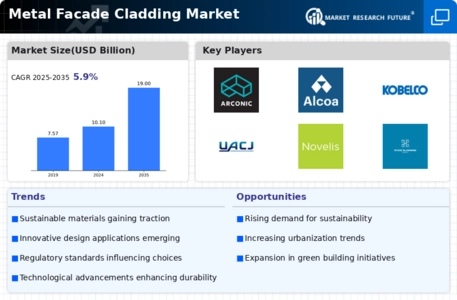
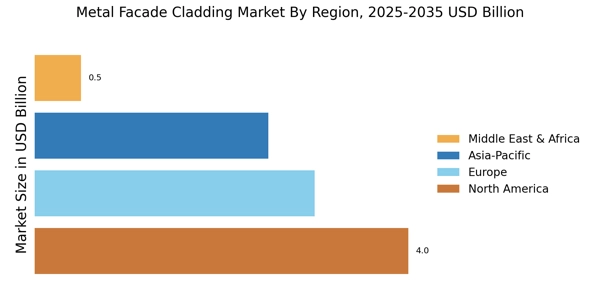
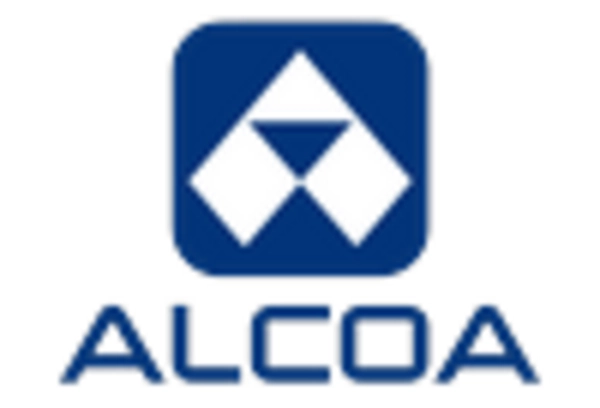
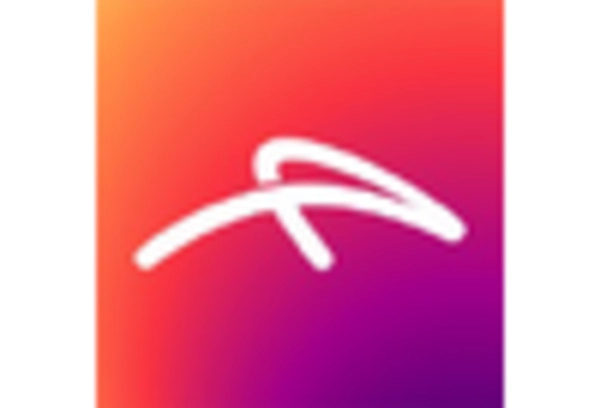
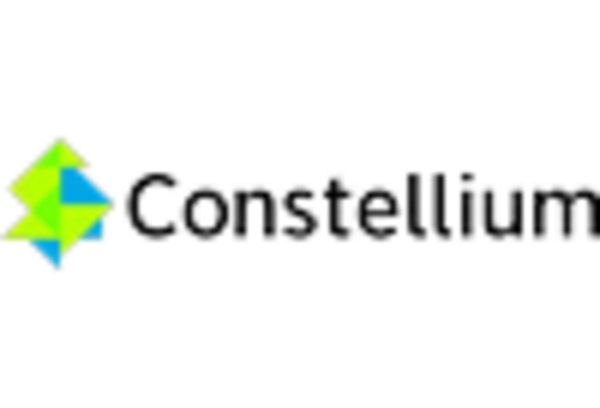
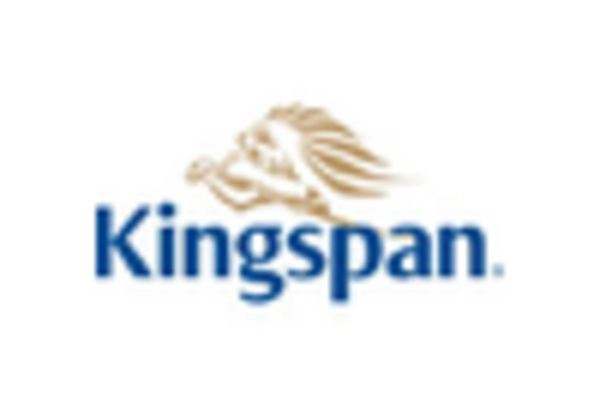
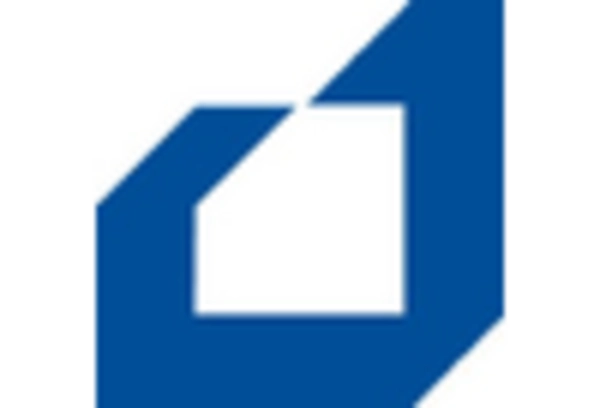
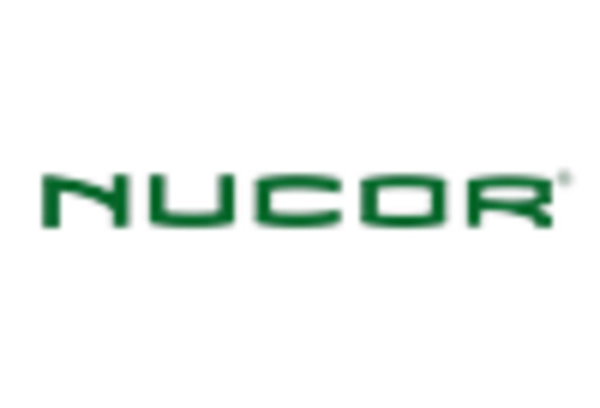








Leave a Comment